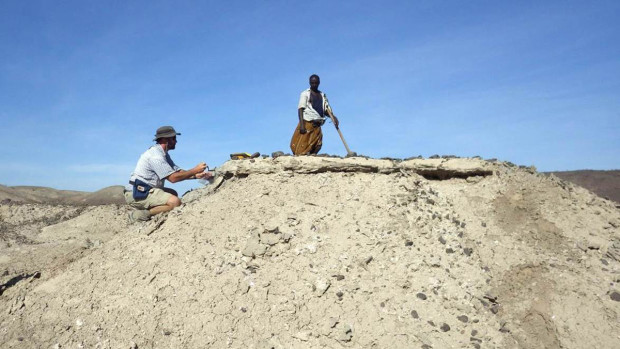


A 2.8-million-year-old jawbone fossil with five intact teeth unearthed in an Ethiopian desert appears to be from a previously unknown species in human lineage.
The discovery pushes back the dawn of humankind by about half a million years.
Scientists said on Wednesday the fossil is the oldest known representative of the human genus Homo. Until now, the oldest known remains from the human genus were about 2.3 to 2.4 million years old and from the species Homo habilis.
Our species, Homo sapiens, appeared only 200,000 years ago, following a procession of others in the same genus.
“Although it is probably a new species, we are awaiting more material before definitively naming a new species,” said University of Nevada, Las Vegas anthropologist Brian Villmoare, who helped lead the research published in the journal Science.
The jawbone was found in 2013 in northeastern Ethiopia’s Afar region, near where the remains of “Lucy,” one of the most famous fossils of a human ancestor, were discovered in 1974.
The anatomy of the new fossil, encompassing the left side of the lower jaw, suggests a close relationship with later Homo species. It boasted features including tooth shape and jaw proportions that separate early Homo lineage species from the more apelike Australopithecus. But its sloping chin still has hints of Lucy.
“At 2.8 million years ago, this places the evolution of our genus very close to 3.0 million years ago, which is when we last see Lucy’s species,” Villmoare said.
(Reuters)







